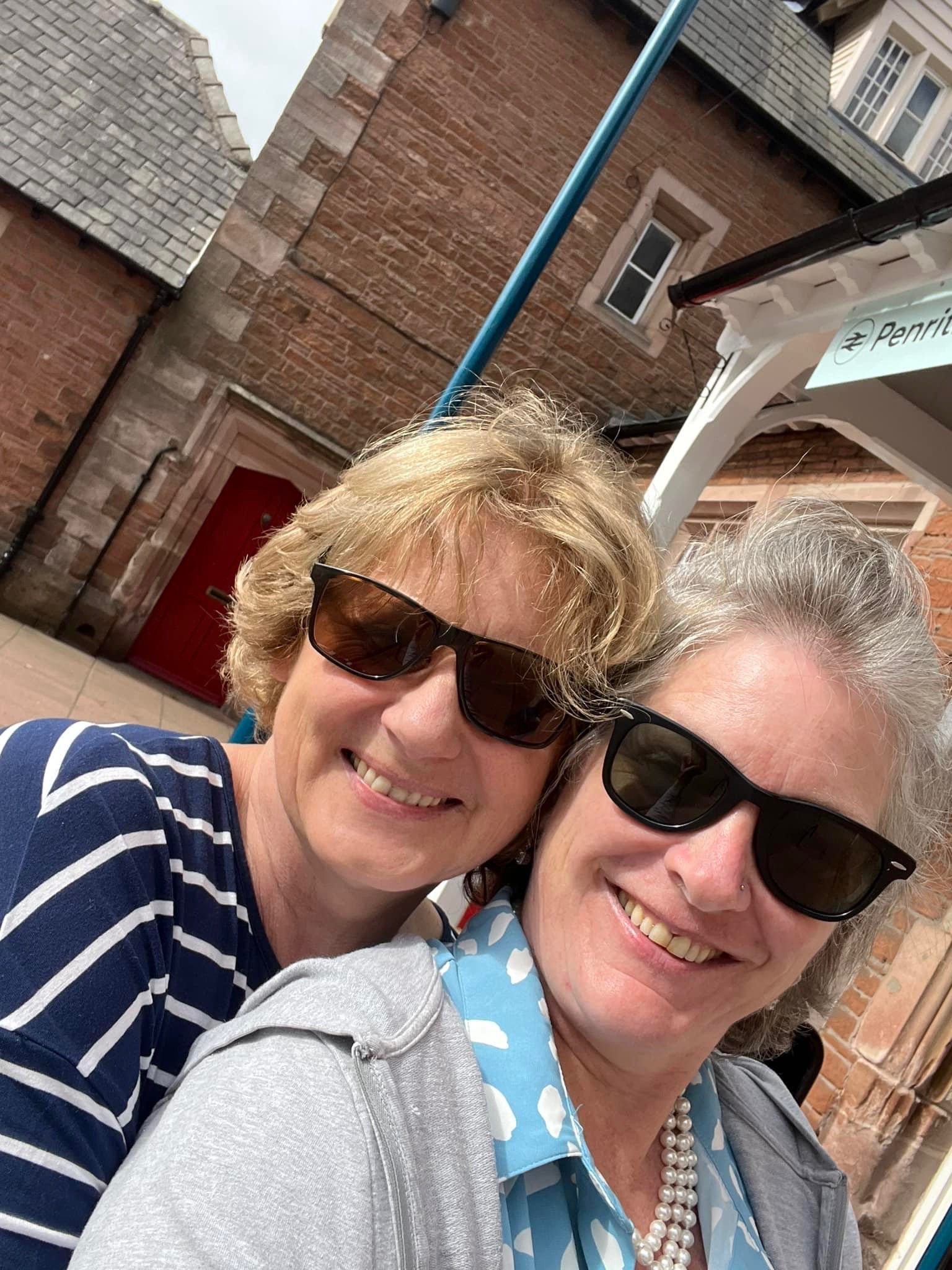Friendship
When I was seven, my grandmother had an embroidered pillow on her sofa. I had never seen anything like it before and I thought it was the very essence of magnificence. I knew I had to – somehow - be able to stitch things like that. I know now that my grandmother’s scatter cushion was adorned with crewel embroidery and was classically English. It was a very traditional Jacobean design and it was stitched with fine wool on linen twill. Learning how to do this very specific type of embroidery was more difficult than I thought it would be. But, in truth, for 40 years other types of needlework kept me busy: quilting, smocking, dressmaking, French handsewing, and knitting. I did try, but I could never find anybody able to teach me crewel embroidery. In fact, I never even saw much of it. Then, about 15 years ago, out of curiosity, I took to the Internet. Pretty quickly, I found Phillipa Turnbull, the proprietor of The Crewel Work Company, which is located in England’s Lake District. I emailed her. She answered. We exchanged more emails. Stunningly, she invited me to visit her and to stay in her home. I went: Like a shot I went! Right from the first, it was as if Phillipa and I had been separated at birth: We were sisters of sorts who shared a passion for needlework and pony’s and adventure. As we got to know each other, we found that we shared odd connection after odd connection. Over the next few years, Phillipa did indeed teach me how to stitch and I am keenly aware I have been taught by the very best.
But, stitching was not the only thing I learned. On many occasions, Phillipa has generously brought me with her when she zipped around the country to look at one incredible pieces of stitching after another. In her wee car, we belted around some of the most stunning country on God’s creation laughing, and marveling, and talking. Of course, you don’t become an expert on historic embroidery without studying the original pieces. Introverted by nature, I marveled at her cheery, confident, powerfully extroverted self and have been with her when she has magically talked her way into places where other people are simply not allowed. And, standing quietly behind her, I have gotten to go with hertoo. I have been with her when our conversation was about a set of bed hangings drewa crowd. In a matter of minutes she is delivering an impromptu lecture to an enraptured group of very fortunate tourists. Studying these precious pieces means visiting remote castles and stately homes, frequenting auctions, going to museums (the big ones and the little ones), and collecting lots of obscure books. So, for the past 15 years I have had the good sense to go everywhere Phillipa has asked me to go in England, Scotland, and even the United States. Amazingly, I have found myself looking at stitching which adorned Henry VIII and Anne Boleyn’s bed in the bowels of the Burrell Museum in Glasgow, Scotland; I have followed Phillipa up a circular stone staircase to study costumes stored in the attics of Muncaster Castle in Cumbria; listened (sometimes holding a flashlight) as experts were consulted about a piece of spectacular Elizabethan stitching; and I have (with cotton gloves on) helped Phillipa remove something splendid from a drawer, a chest, or a trunk. Each time we look at something different, I realize how much she knows and how much I have yet to learn.
Here is Phillipa’s website: The Crewel Work Company


